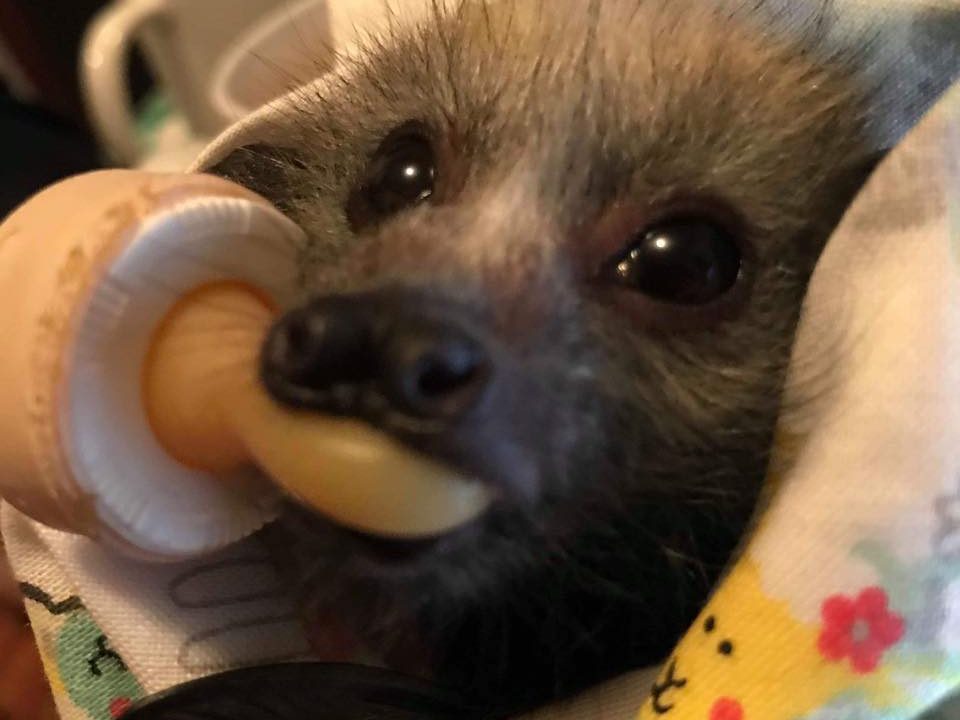This is a collection of questions that have been asked on the Facebook page. Feel free to drop us a line if your question isn’t here and we will upload it to this page.
Q: How can I help?
A: First off, thank you! Thank you for taking the time to help – every time someone joins the group, the closer we are to getting the needs of wildlife carers covered. If you can sew, knit or crochet, there are plenty of patterns that you can use to make what is needed.
If you have a love of Facebook and are interested in moderating the RCC Hub VIC page, or co-ordinating various items to drop-off points, or would like to be a drop-off point, or just making stuff happen, we’d love to hear from you too!
Don’t forget to like our Facebook page so that you stay up-to-date with what is happening.
* * * *
Q: I’m from overseas, can I still help?
A: Yes, and thank you so much for your kind and generous offer! These are the hubs that we know about outside Australia. Please feel free to drop us a line if you know of any others.
US
Please go to American Rescue Crafters on https://docs.google.com
Canada
Please go to Canadian Animal Rescue Craft Guild at https://www.facebook.com/groups/659914731079141/
UK
Please go to UK Crafters for Australia Animal Rescue effort on https://www.facebook.com/groups/2526579050910692/
Belgium
Please go to https://www.facebook.com/groups/1085893335104789/
France
Please go to Little Dandelion on https://www.facebook.com/littledandelionaustralia/
Germany
Please go to https://www.facebook.com/groups/1053992224984144/
Netherlands
Please go to https://www.facebook.com/JeltjeAt100rozen
Poland
Please go to https://www.facebook.com/groups/594820048014283/members/
Slovakia
Please go to https://www.facebook.com/groups/469252283762323/
* * * *
Q: Can I post my donations?
A: At the moment, the hubs have sufficient stock. However, if you are outside of Australia, try one of the international hubs located above. If you are in Australia, try contacting the following groups:
NSW: WIRES
VIC: Wildlife Victoria
QLD: Wildlife Rescue Queensland
ACT: ACT Wildilfe
TAS: Injured and Orphaned Wildife
SA: Fauna Rescue SA
These are only a starting point; you could also check your local telephone directory for wildlife shelters close by.
* * * *
Q: Can I drop off my donations?
A: If you have already registered, you would have been contacted by the relevant drop off point co-ordinator. At this stage, we have sufficient stock for the short term. Needs change though so please check back regularly for any updates.
* * * *
Q: Do you need towels or blankets?
A: Not at this stage but situations change so quickly, we recommend you hang onto them (if you have room) until we put a call out or you can drop them into your local animal shelter.
* * * *
Q: Can I make what is not on the list i.e. flat wraps and stuffed socks?
A: Thank you but we are just sticking to what has been requested of us from our main wildlife network, you can offer your supplies to other agencies where there are requests for them.
* * * *
Q: What materials can I use?
A: The information on materials is different for each wildlife network. For the network we are using, this is what they are asking for:
Sewn inner pouches: Liners should be 100% natural fibres – no polyester, synthetics or fabrics that have plastic or glitter. Breathability and softness are the priority. Flannelette, light cotton or jersey is recommended. Make sure to write the size of the pouch on the outside in waterproof marker for easy identification. (Note: Flannel is not the same as flannelette – flannel can refer to a wool-based material or a wool/cotton blend; flannelette is usually made from cotton and brushed to create a softer look and feel. )
Sewn outer pouches: Outer pouches can be anything from light fabrics for summer to warmer fleeces and wool for winter. Again, make sure to write the size of the pouch in waterproof marker on the outside for easy identification.
Knitted pouches: 8 ply pure wool. Synthetic yarn can’t be used on wildlife pouches.
Crochet nests: Acrylic or natural fibres are recommended. Make sure to use two strands so that the nest is very sturdy. Sorry, no garden twine as the nests are used by animals other than birds and they suck on the nests which makes their little tummies sick.
Joey/Wallaby Hanging Pouches: The inner liner should be flannelette or 100% cotton. Make 3 liners per each outer pouch. The outer pouch should be a heavier, sturdier fabric such as Denim, Drill or 100% Cotton Canvas. Avoid materials such as hessian and wool fleeces as joeys will suck and chew on these, ingesting pieces.
Bat Wraps: 100% cotton or cotton flanellette. Please DO NOT USE wadding to stuff the pillow; this is potentially fatal to the bats.
These are handy guides explaining which fabric or yarn to use to make the products above.
* * * *
Q: What size should I crochet/knit a bird or rodent nest?
A:
Small nests usually have a base of 7.5cm diameter and walls of approximately 9- 10cm.
Medium nests have a base of 15-20cm and walls of approximately 18-25cm.
Extra-large nest have a 30cm base and 38cm walls
A rough estimate to calculate the height required is
(base cm x 0.25) + base cm
e.g. Nest with 16cm base
(16×0.25) = 4; 4+16 = 20cm height
Q: What medical supplies do you need?
A:
- Biolac formulas
- Lectade oral hydration
- Vetafarm spark fluids
- Wombaroo impact
- Nutrigel
- Vetafarm bird products
- Animal feeding bottles and teats
We also accept some used and out of date human medical items (like syringes, bandages, burn creams). Please contact us if you can get these sorts of supplies.

